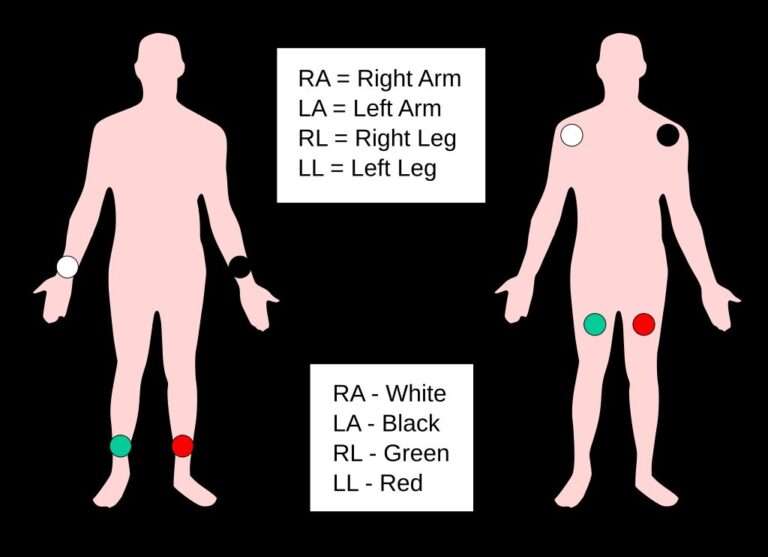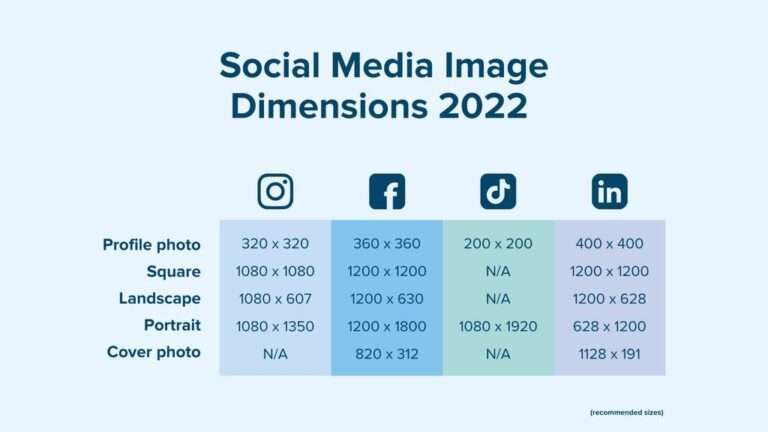What is a Content Strategy?
Overview
What is a Content Strategy?
A content strategy is a plan that outlines how an organization will use content to achieve its goals. It involves creating, distributing, and managing content in a strategic and organized manner. A well-defined content strategy helps businesses attract and engage their target audience, establish thought leadership, and drive conversions. It ensures that the right content is delivered to the right people at the right time, through the right channels. A content strategy also helps align the organization’s goals with its content efforts, ensuring consistency and effectiveness.
Why is a Content Strategy Important?
A content strategy is crucial for any business or organization that wants to effectively communicate with its target audience. It provides a roadmap for creating, distributing, and managing content that aligns with the organization’s goals and objectives. A well-defined content strategy helps in building brand awareness, establishing thought leadership, and driving customer engagement. It ensures that content is created with a purpose and tailored to meet the needs and preferences of the target audience. By having a content strategy in place, businesses can maximize the impact of their content, increase organic traffic, and improve conversion rates. Without a content strategy, organizations may struggle to create consistent and relevant content, resulting in missed opportunities to connect with their audience and achieve their business objectives.
Benefits of a Well-Defined Content Strategy
A well-defined content strategy provides several benefits for businesses. Firstly, it helps in improving brand awareness by ensuring consistent messaging and positioning across various channels. Secondly, it enables businesses to target the right audience by understanding their needs and preferences. Thirdly, it increases customer engagement by delivering valuable and relevant content. Additionally, a well-defined content strategy enhances search engine visibility by optimizing content for relevant keywords. Lastly, it improves content performance by tracking key metrics and making data-driven optimizations.
Research and Analysis
Identifying Target Audience
Identifying the target audience is a crucial step in developing an effective content strategy. It involves understanding who your ideal customers are, their demographics, interests, and pain points. This information helps you tailor your content to meet their specific needs and preferences. By targeting the right audience, you can create content that resonates with them, increases engagement, and drives conversions. To identify your target audience, you can conduct market research, analyze customer data, and gather feedback through surveys or interviews. It is important to regularly reassess and refine your target audience as their preferences and behaviors may change over time.
Competitor Analysis
Competitor analysis is a crucial step in creating an effective content strategy. By analyzing your competitors’ content, you can gain valuable insights into their strengths and weaknesses, identify content gaps in the market, and discover opportunities to differentiate yourself. Understanding what your competitors are doing well and where they are falling short can help you develop a content strategy that sets you apart and resonates with your target audience. Additionally, competitor analysis allows you to benchmark your performance against industry leaders and track your progress over time. It involves researching and evaluating your competitors’ content quality, topics, formats, distribution channels, and engagement metrics. By leveraging the information gathered from competitor analysis, you can make informed decisions about your own content strategy and ensure that your content stands out in the crowded digital landscape.
Keyword Research
Keyword research is a crucial step in developing an effective content strategy. By identifying the keywords and search terms that are relevant to your target audience, you can optimize your content to rank higher in search engine results. This involves analyzing search volume, competition, and user intent to determine the most valuable keywords to target. Additionally, keyword research helps uncover new content ideas and opportunities for optimization. It provides insights into the language and topics that resonate with your audience, allowing you to create high-quality and relevant content that meets their needs.
Content Planning and Creation
Defining Content Goals
Once you have conducted thorough research and analysis, the next step in creating an effective content strategy is defining content goals. Content goals serve as the foundation for your strategy and help guide the direction of your content creation efforts. These goals should align with your overall business objectives and target audience needs. It is important to set specific, measurable, achievable, relevant, and time-bound (SMART) goals that can be tracked and evaluated. By clearly defining your content goals, you can ensure that your content is purposeful, relevant, and valuable to your audience.
Content Ideation and Planning
In the content ideation and planning stage, it is important to come up with creative and engaging ideas for your content. This involves brainstorming topics, conducting research, and identifying the most relevant and valuable content ideas for your target audience. Once you have a list of potential topics, you can then prioritize them based on their alignment with your content goals and the needs of your audience. Additionally, it is crucial to plan the format and structure of your content, whether it be blog posts, videos, infographics, or podcasts. This stage also involves creating an editorial calendar to schedule and organize your content creation process. By carefully planning and ideating your content, you can ensure that it effectively communicates your message and resonates with your audience.
Content Creation and Optimization
In the Content Creation and Optimization phase, the focus is on bringing the content strategy to life. This involves defining content goals that align with the overall strategy, ideating and planning the content to be created, and finally, executing the content creation process. During this phase, it is important to ensure that the content is optimized for search engines and user experience. Keyword research plays a crucial role in determining the relevant keywords to incorporate into the content. Additionally, the content should be well-structured, engaging, and tailored to the target audience. By following these best practices, businesses can create impactful and effective content that resonates with their audience.
Measurement and Optimization
Tracking Key Metrics
Tracking key metrics is an essential part of an effective content strategy. By monitoring and analyzing these metrics, content creators can gain valuable insights into the performance and impact of their content. Some important metrics to track include website traffic, engagement rate, conversion rate, and bounce rate. These metrics can help identify areas of improvement and guide content optimization efforts. Additionally, tracking metrics allows content creators to measure the success of their content strategy and make data-driven decisions for future content planning and creation.
Analyzing User Engagement
Analyzing user engagement is a crucial step in evaluating the effectiveness of your content strategy. By tracking key metrics such as page views, time on page, and bounce rate, you can gain insights into how users are interacting with your content. Engagement metrics like social shares, comments, and conversions can also provide valuable information about the impact of your content. Use this data to identify patterns and trends, and make data-driven decisions to optimize your content strategy. Regularly analyzing user engagement allows you to understand what content resonates with your audience and adjust your strategy accordingly.
Continuous Improvement and Optimization
Continuous improvement and optimization are crucial for maintaining a successful content strategy. By regularly tracking key metrics such as website traffic, conversion rates, and user engagement, you can identify areas that need improvement and make data-driven decisions. Analyzing user engagement metrics, such as time on page and bounce rate, can help you understand how well your content is resonating with your target audience. Additionally, conducting A/B testing and experimenting with different content formats and distribution channels can help you optimize your strategy for better results. Remember, an effective content strategy is an ongoing process of learning, adapting, and improving.








